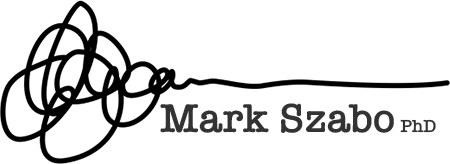My recent research has been about how to reverse-engineer what's going on in a system in order to understand and fix it. But my career has been focused on the other side of that coin: creating new systems.
Systems are patterns of interaction that take on lives of their own that go beyond the immediate intentions of the people involved. When they turn bad they become malignant conflicts, and when they turn good they become virtuous cycles of positive outcomes. My career in design management has been built on putting people together, establishing the rules of engagement, and watching the results explode.
When I put people together I give them five simple rules of engagement that help things go well. First, they need to treat each other like future job references. This reinforces the reality that we are all together for a relatively brief time, but more importantly it puts people in the mindset that we all need to be constantly impressing each other and be looking out for each other at every step. When you interact that way, it creates new pathways of interaction that inevitably lead to results you never imagined.
Second, they need to always get to maximum appropriate truth with each other. If something is bugging you, get it said because each small interaction creates ripples that take on their own lives in the larger system; often far beyond what was originally intended. Keep in mind, however, that it must said in a way that will build the relationship in the long term (remember Rule One). This is not a license to shoot off your mouth and be hurtful.
Third, the group needs to be a hotbed of ideas. This means that anything that gets in the way of the best idea bubbling to the top needs to be eliminated. Things like egos, destructive behaviour, failing to draw out introverts, etc., need to be overcome or the best idea will not bubble up. And if you are a leader, you need to set the tone by acknowledging that your idea may not always be the best - but at least you created a system where the best idea rises.
Fourth, individuals need to love excellence in what they are doing or creating together. Strategy happens in the small moments when nobody is looking, and if every single person is drop-to-your-knees in love with what the group is doing they will guard it in those small moments from anything that will water it down or cause it to be less than amazing.
Fifth, the group needs to understand, respect and leverage the chain of command. Each system has a hierarchy, whether it's overt or unspoken. If the role of someone with responsibility for others is to make their team's work life easier by removing barriers and bringing clarity, then it's the responsibility of the team members to make sure that actually happens. The hardest challenge for a leader is getting accurate, timely information, and if the team is able to provide that information it has enormous impact on the rest of the system.
Systems create amazing things, or they become malignantly destructive. In my experience, these five rules of engagement create the former.

